Water-willow (Justicia americana) – Smartweed Riverbed Community
System: Palustrine
Subsystem: Herbaceous
PA Ecological Group(s): River Floodplain
Global Rank:GNR
![]() rank interpretation
rank interpretation
State Rank: S3
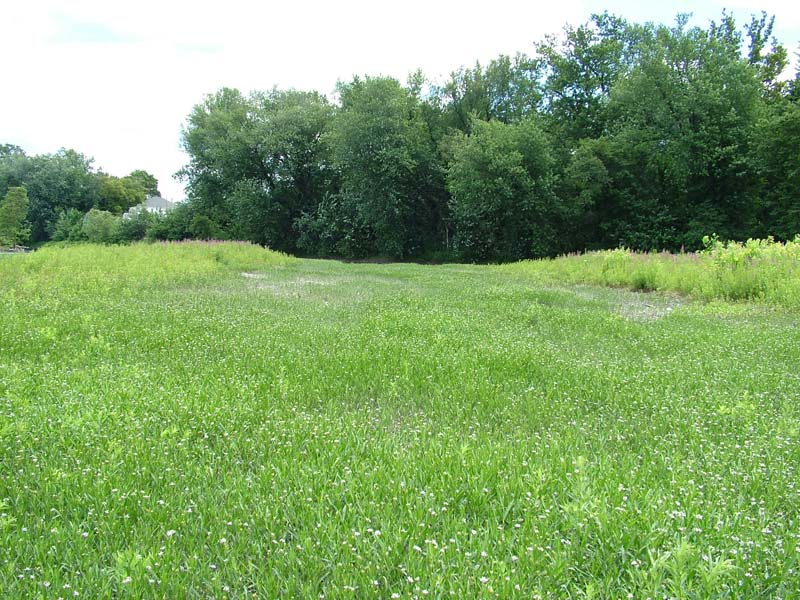
General Description
This community is found throughout Pennsylvania along creeks and rivers within all major river basins. Water-willow (Justicia americana) Emergent Bed communities occur at the heads of islands, along the edges of bars, banks, terraces, and spits, and in shallow sections of the river channel. The lower portion of the water-willow stems are under water for most of the year, with the tops of the plants emerging above the flowing water. These beds are entirely submerged by most flood events. During extreme low water periods, the substrate below the beds may be exposed, showing a varied mixture of sand, gravel, cobbles, silt, and/or muck. Water-willow is the dominant species in this community, and is often the only species present in an extensive colonial bed. Many other herbaceous species may be present, as frequent disturbance of these areas from floodwater and ice-scour creates conditions that promote continual colonization by a wide variety of plants. Lizard’s-tail (Saururus cernuus), threesquare (Schoenoplectus pungens), rice cutgrass (Leersia oryzoides), nut-sedges (Cyperus spp.), and spike-rushes (Eleocharis spp.) may be present in significant numbers. Scattered individuals of field horsetail (Equisetum arvense), halberd-leaved rose-mallow (Hibiscus laevis), water smartweed (Persicaria amphibia), sedges (Carex spp.), spotted spurge (Euphorbia maculata), and wild mint (Mentha arvensis) may also be present. A few scattered tree and shrub seedlings may also be present, including river birch (Betula nigra), black willow (Salix nigra), silver maple (Acer saccharinum), and sycamore (Platanus occidentalis). Purple loosestrife (Lythrum salicaria), garden loosestrife (Lysimachia vulgaris), and creeping yellowcress (Rorippa sylvestris) are non-native species that may be found within this type.
Rank Justification
Vulnerable in the state due to a restricted range, relatively few populations (often 80 or fewer), recent and widespread declines, or other factors making it vulnerable to extirpation.
Identification
- Occurs on most orders of streams, at the heads of islands, along the edges of bars, banks, terraces, and spits, and in shallow sections of the river channel
- Dominated by water-willow (Justicia americana) often in large, monotypic colonies
- Sites are often inundated much of the year
- Maintained by annual episodes of high intensity flooding and ice scour
Shrubs
Herbs
- Water-willow (Justicia americana)
- Lizard's-tail (Saururus cernuus)
- Threesquare (Schoenoplectus pungens)
- Rice cutgrass (Leersia oryzoides)
- Spike-rushes (Eleocharis spp.)
- Field horsetail (Equisetum arvense)
- Halberd-leaved rose-mallow (Hibiscus laevis)
- Water smartweed (Persicaria amphibia)
- Sedges (Carex spp.)
- Spotted spurge (Euphorbia maculata)
- Field mint (Mentha arvensis)
- Nutsedges (Cyperus spp.)
Exotic Species
* limited to sites with higher soil calcium
Vascular plant nomenclature follows Rhoads and Block (2007). Bryophyte nomenclature follows Crum and Anderson (1981).
International Vegetation Classification Associations:
USNVC Crosswalk:None
Representative Community Types:
Water-willow Rocky Bar and Shore (CEGL004286)
NatureServe Ecological Systems:
Central Appalachian River Floodplain (CES202.608)
NatureServe Group Level:
None
Origin of Concept
Zimmmerman 2008, Pennsylvania Natural Heritage Program. 2004. Classification, Assessment and Protection of Non-Forested Floodplain Wetlands of the Susquehanna Drainage. Report to: The United States Environmental Protection Agency and the Pennsylvania Department of Conservation and Natural Resources, Bureau of Forestry, Ecological Services Section. US EPA Wetlands Protection State Development Grant no. CD-98337501., Zimmerman 2008
Pennsylvania Community Code*
HW : Water-Willow (J. Americana) – Smartweed Riverbed Community
*(DCNR 1999, Stone 2006)
Similar Ecological Communities
Periodically Exposed Shoreline Community patches contain a wider variety of plant species, often weedy or non-native plants. Water-willow (Justicia americana) emergent bed communities are dominated by water-willow (Justicia americana) and are often inundated for longer periods of time than the Periodically Exposed Shoreline Community patches. Lizard's-tail Emergent Bed and Water-willow (Justicia americana) emergent bed can occur in similar settings but Water-willow (Justicia americana) emergent bed is dominated by water-willow (Justicia americana) and lizard’s-tail (Saururus cernuus) is dominant in Lizard's-tail Emergent Bed communities. Lizard's-tail Emergent Bed are more typically found in slower moving, lower energy systems where the dominant species is rooted in deposits of sand and silt.
Fike Crosswalk
Water-willow (Justicia americana) - smartweed riverbed community
Conservation Value
This type represents water-willow (Justicia americana) – dominated banks, gravel spits, and shores underwater much of the year. These near monotypic stands are a component of the river floodplain and occur along many creeks and rivers in the state. This habitat, while common, provides habitat for a number of important and rare insect species, namely tiger beetles (genus Cicindela), ground beetles (order Carabidae), and others.
Threats
Within floodplain ecosystems, alteration to the frequency and duration of flood events and development of the river floodplains are the two greatest threats to this community statewide and can lead to habitat destruction and/or shifts in community function and dynamics. Non-native invasive plants may be equally devastating as native floodplain plants are displaced. Invasive non-native plants such as purple loosestrife (Lythrum salicaria) and common reed (Phragmites australis) commonly dominate this community, especially near human development. Construction of flood-control and navigational dams have resulted in drastic changes to the timing and duration of flood events. These dams have, in some cases, slowed the river flow resulting in deposition of finer sediments favored by the invasive plants.
Management
Direct impacts and habitat alteration should be avoided (e.g., roads, trails, filling of wetlands). Care should also be taken to control and prevent the spread of invasive species into high quality examples of these wetlands.
Research Needs
Large expanses of open gravel supporting this type should be inventoried for rare plants and animals, especially insects.
Trends
There is little to suggest that this type is increasing or decreasing in occurrence. Invasive plants able to tolerate flooded conditions may gain a foothold in these sites and contribute to an overall reduction in quality region-wide. Sites near urban areas are most invaded.
Range Map
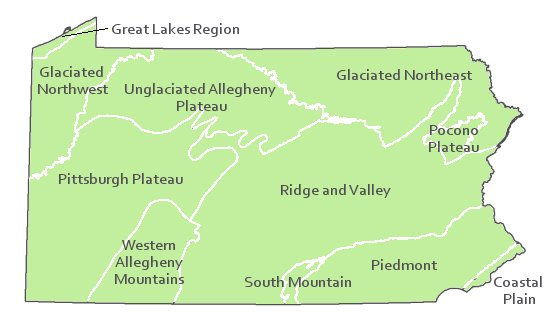
Pennsylvania Range
Statewide.
Global Distribution
Alabama, Arkansas, Georgia, Kentucky, Maryland, North Carolina, New Jersey, New York, Ohio, Oklahoma, Pennsylvania, South Carolina, Tennessee, Virginia, and West Virginia. Also occurs in Quebec, Canada.
Cowardin, L.M., V. Carter, F.C. Golet, and E.T. La Roe. 1979. Classification of wetlands and deepwater habitats of the United States. U.S. Fish and Wildlife Service. Washington, D.C. 131 pp.
Fike, J. 1999. Terrestrial and palustrine plant communities of Pennsylvania. Pennsylvania Natural Diversity Inventory. Harrisburg, PA. 86 pp.
NatureServe. 2009. International Ecological Classification Standard: International Vegetation Classification. Central Databases. NatureServe, Arlington, VA. Available http://www.natureserve.org/explorer.
Pennsylvania Department of Conservation and Natural Resources (DCNR). 1999. Inventory Manual of Procedure. For the Fourth State Forest Management Plan. Pennsylvania Bureau of Forestry, Division of Forest Advisory Service. Harrisburg, PA. 51 ppg.
Pennsylvania Natural Heritage Program. 2004. Classification, Assessment and Protection of Non-Forested Floodplain Wetlands of the Susquehanna Drainage. Report to: The United States Environmental Protection Agency and the Pennsylvania Department of Conservation and Natural Resources, Bureau of Forestry, Ecological Services Section. US EPA Wetlands Protection State Development Grant no. CD-98337501.
Rhoads, Ann F. and Timothy A. Block. 1999. Natural Areas Inventory of Bucks County, Pennsylvania. Bucks County Commissioners, Doylestown, PA.
Rhoads, Ann F. and Timothy A. Block. 2002. Survey of Natural Areas of Delaware Canal State Park. Report submitted to DCNR, Bureau of State Parks.
Stone, B., D. Gustafson, and B. Jones. 2006 (revised). Manual of Procedure for State Game Land Cover Typing. Commonwealth of Pennsylvania Game Commission, Bureau of Wildlife Habitat Management, Forest Inventory and Analysis Section, Forestry Division. Harrisburg, PA. 79 ppg.
Zimmerman, E., and G. Podniesinski. 2008. Classification, Assessment and Protection of
Floodplain Wetlands of the Ohio Drainage. Pennsylvania Natural Heritage Program, Western Pennsylvania Conservancy, Pittsburgh, PA. Report to: The United States Environmental Protection Agency and the Pennsylvania Department of Conservation and Natural Resources, Office of Conservation Science. US EPA Wetlands Protection State Development Grant no. CD-973081-01-0.
Cite as:
Zimmerman, E. 2022. Pennsylvania Natural Heritage Program. Water-willow (Justicia americana) – Smartweed Riverbed Community Factsheet. Available from: https://naturalheritage.state.pa.us/Community.aspx?=16017 Date Accessed: March 29, 2025

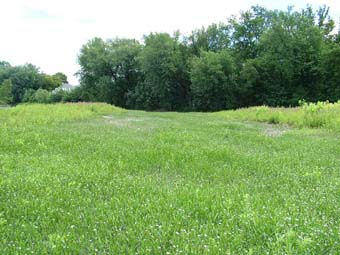
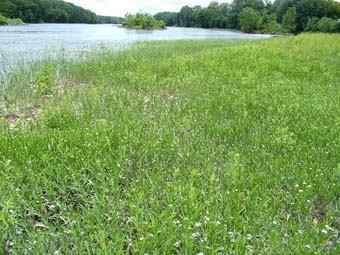
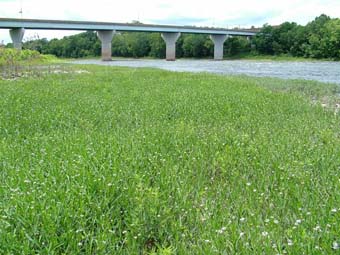
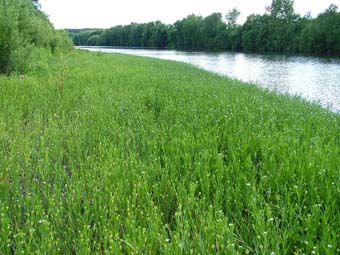
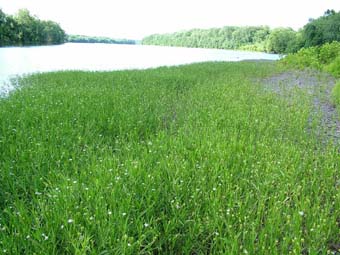
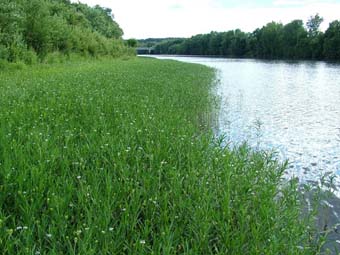
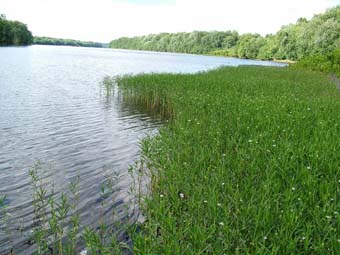
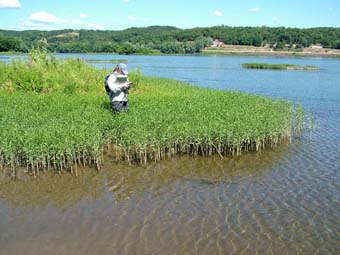
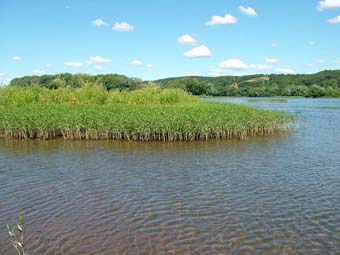

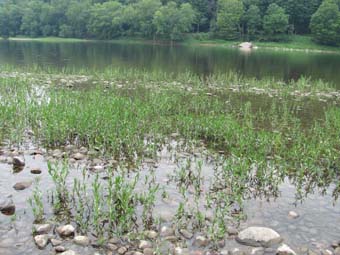
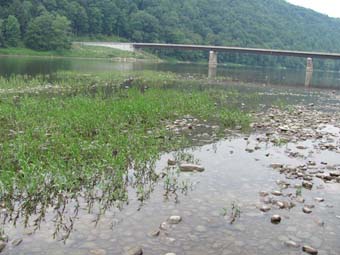
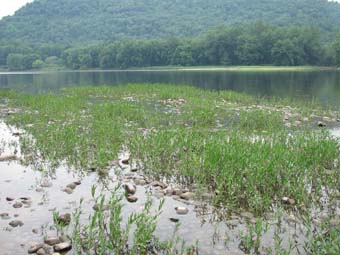
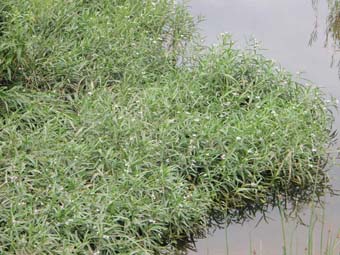

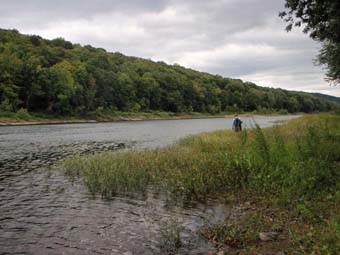
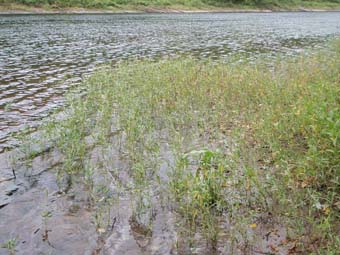
- smartweed riverbed community.jpg)
- smartweed riverbed community02.jpg)





